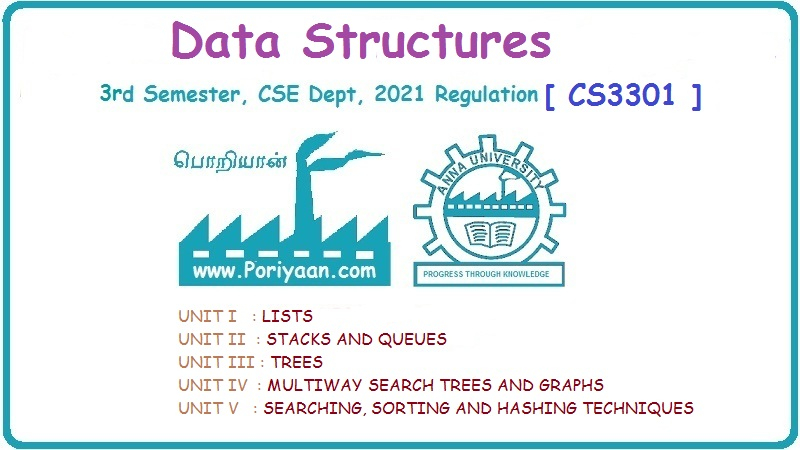Data Structure: Unit III: Trees
Binary Heap
Definition, Types, Algorithm with Example C Programs | ADT Data Structure
Heap is a complete binary tree or a almost complete binary tree in which every parent node be either greater or lesser than its child nodes.
Binary Heap
In this
section we will learn "What is heap?" and "How to construct
heap?"
Definition: Heap is a complete binary
tree or a almost complete binary tree in which every parent node be either
greater or lesser than its child nodes.
Heap can
be min heap or max heap.
Types of heap
i)Min
heap ii) Max heap
A Max
heap is a tree in which value of each node is greater than or equal to the
value of its children nodes.

For example
A Min
heap is a tree in which value of each node is less than or equal to value of
its children nodes.
For example:

Parent
being greater or lesser in heap is called parental property. Thus heap has two
important properties.
Heap:
i)It
should be a complete binary tree
ii)It
should satisfy parental property
Before
understanding the construction of heap let us learn/revise few basics that are
required while constructing heap.
• Level of binary tree: The
root of the tree is always at level 0. Any node is always at a level one more
than its parent nodes level.
For
example:

• Height of the tree: The
maximum level is the height of the tree. The height of the tree is also called
depth of the tree.
For example:

• Complete binary tree: The
complete binary tree is a binary tree in which all the levels of the tree are
filled completely except the lowest level nodes which are filled from left if
required.
For example:

•.
Almost complete binary tree: The almost complete binary tree is a tree in which
i) Each node has a left child whenever it has
a right child. That means there is always a left child, but for a left child
there may not be a right child.
ii) The
leaf in a tree must be present at height h or h-1. That means all the leaves
are on two adjacent levels.
For example:
In Fig.
4.16.5 (a) the given binary tree is satisfying both the properties. That is all
the leaves are at either level 2 or level 1 and when right child is present
left child is always present.
In Fig.
4.14.5 (b), the given binary tree is not satisfying the first property; that is
the right child is present for node 20 but it has no left child. Hence it is
not almost complete binary tree.
In Fig.
4.14.5 (c), the given binary tree is not satisfying the second property; that
is the leaves are at level 3 and level 1 and not at adjacent levels. Hence it
is not almost complete binary tree.

Data Structure: Unit III: Trees : Tag: : Definition, Types, Algorithm with Example C Programs | ADT Data Structure - Binary Heap
Related Topics
Related Subjects
Data Structure
CS3301 3rd Semester CSE Dept | 2021 Regulation | 3rd Semester CSE Dept 2021 Regulation
